Is Algea Harmful To Gardens
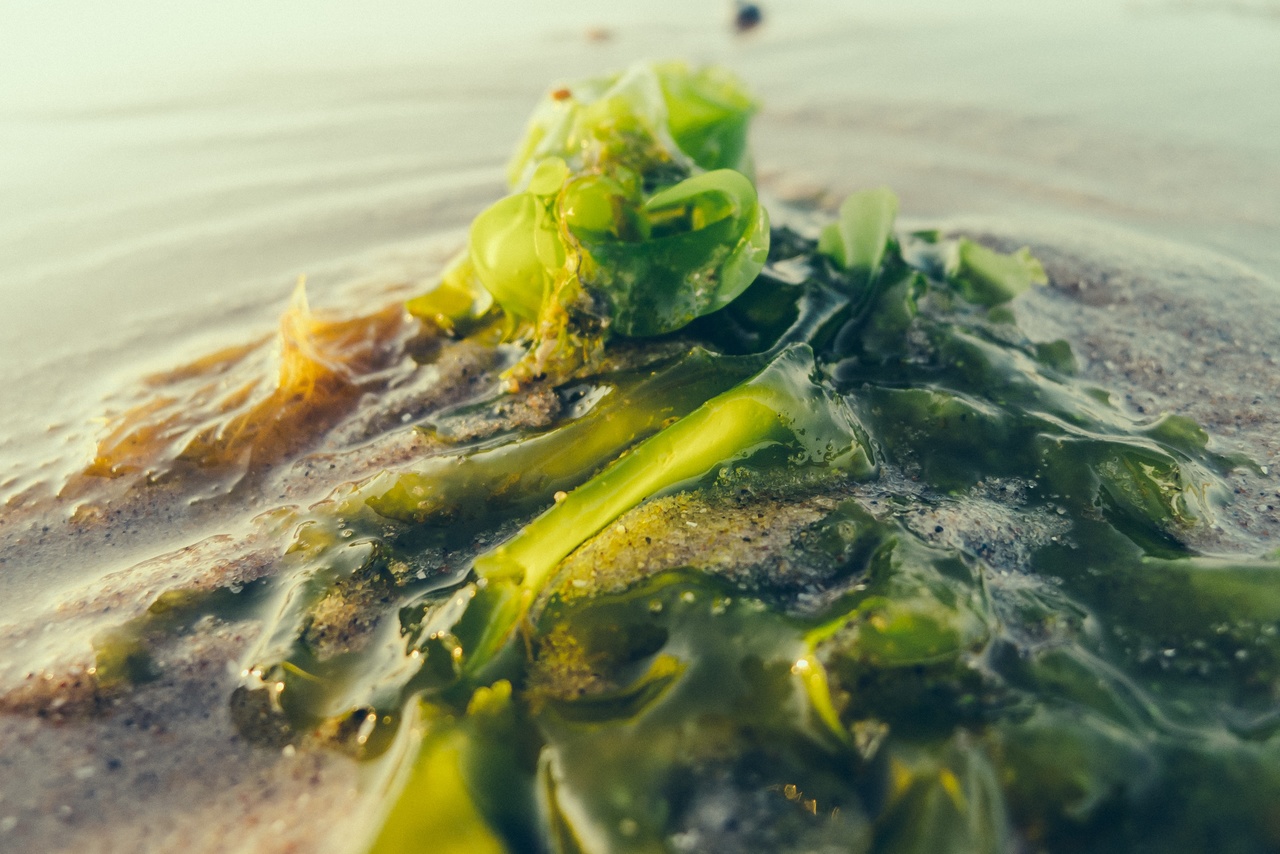
Entering the world of algae is fascinating when you want to know the evolutionary history of plants, and that is because the Kingdom Plantae as we know it today, has its origin in the sea. It was there, in the immense ocean that bathes much of the surface of the planet that welcomes us, where plant life began about 3500 billion years ago.
Three million years later, the first terrestrial plants would appear, the bryophytes. Nowadays, experts have managed to identify several types of algae, belonging to different genetic lines, or if you prefer, three large family groups of these plants: each one has its own characteristics, and its own preferences as far as livelihood is concerned.
Table of Contents
- 1 What are algae?
- 1.1 How does light affect algae?
- 2 What are the types of algae?
- 2.1 Prokaryotic autotrophs
- 2.2 Eukaryotic algae
- 2.2.1 Primoplantae
- 2.2.2 Chromophyte algae
- 2.2.3 Other groups
- 3 What are edible algae?
- 3.1 Dulse (Palmaria palmata)
- 3.2 Sea spaghetti (Himanthalia elongata)
- 3.3 Wakame (Undaria pinnatifida)
What are algae?

Image - Wikimedia / Dodo
If you have ever been to the beach, or you are one of those who enjoys diving, surely you have been able to see various algae on more than one occasion. But what are they? Well then, are organisms that have the ability to photosynthesize and obtain carbon dioxide, which makes most species green; However, this process is carried out differently from plants, since they lack both xylem as of phloem, that is to say, of vessels through which the sap and, therefore, also the food is transported.
To complicate things a little more, can be unicellular or multicellular organisms, have a size barely visible to the human eye, or measure more than 30 meters. Therefore, perhaps the following should be asked:
How does light affect algae?
Sunlight is essential for plants to carry out the photosynthesis. Is this so in algae? The answer is yes, since our protagonists have photosynthetic pigments, which absorb solar radiation that comes from outside. They are, therefore, autotrophic organisms, although there are some that can be heterotrophic as they lack pigments, which is why they depend on other living beings.
But what about the giant algae that make up marine forests, or those that live in the deep? They also capture the light of the star king, but obviously in less quantity. Because of this, they have evolved to develop additional pigments.
What are the types of algae?
Algae can be classified in many ways: according to whether they are uni or multicellular, depending on how they feed, on pigments ... To make the understanding of algae easier, I have decided to classify them according to their way of life; that is, taking into account where they get their food from.
Therefore, and as we have commented before, we have:
Prokaryotic autotrophs
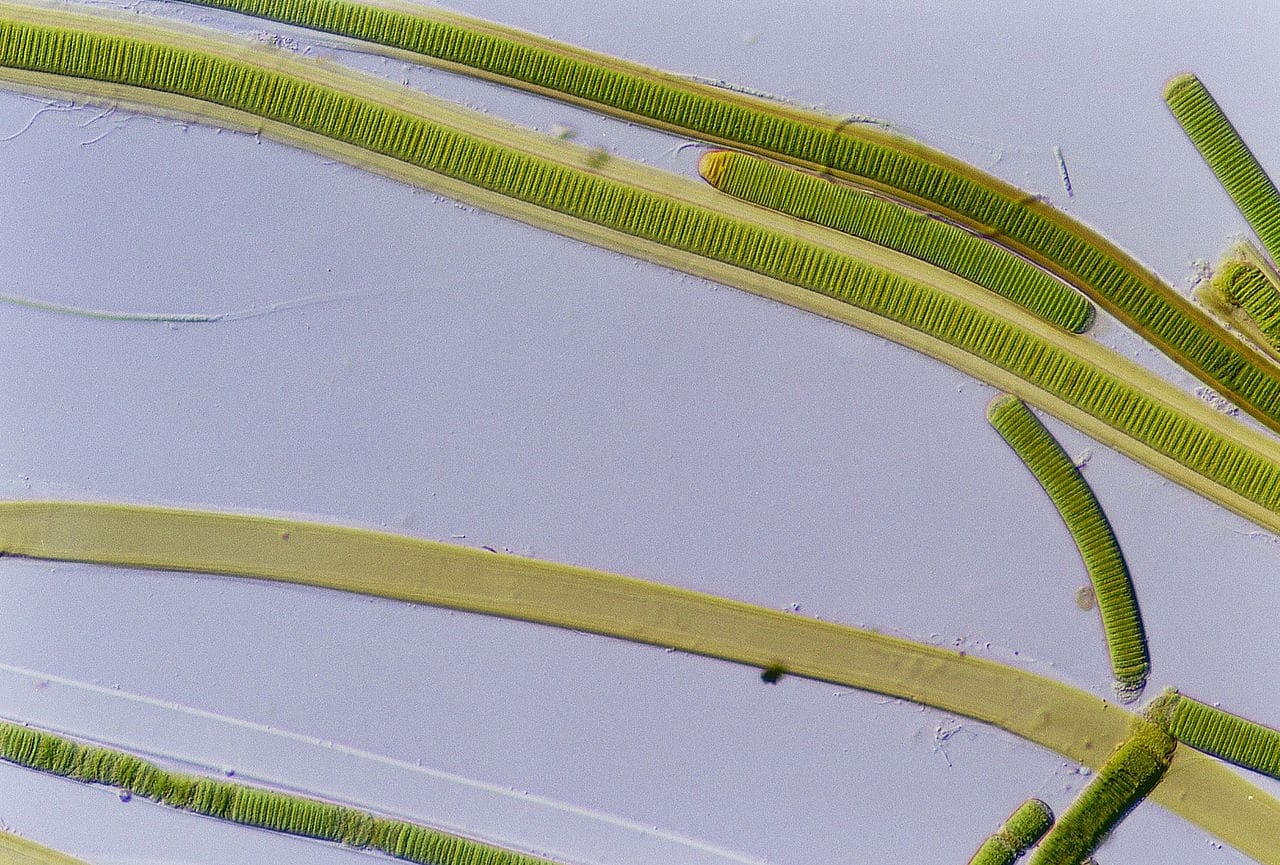
They are cyanobacteria, the only bacteria that are capable of photosynthesis without depending on another living being. Although their cells are very, very small in size, just a few micrometers in diameter, they are larger than other bacteria.
There are various hypotheses and theories about when they first appeared, but it is believed that they could begin their evolution, at least 3500 million years ago. Much later, they would allow plants to begin their own evolution, thanks to plastids.
Plastids are organelles that transform the Sun's energy into chemical energy, something we know as photosynthesis. Thus, both the largest tree and the smallest grass have a common ancestor which, in order to see it, a special microscope is required.
Eukaryotic algae
They are algae that have chloroplasts, so they carry out photosynthesis. But while there are some that obtain them by living inside a cyanobacterium (something known as endosymbiosis), there are others that obtain them in other ways. Thus, these can be classified into three groups:
Primoplantae
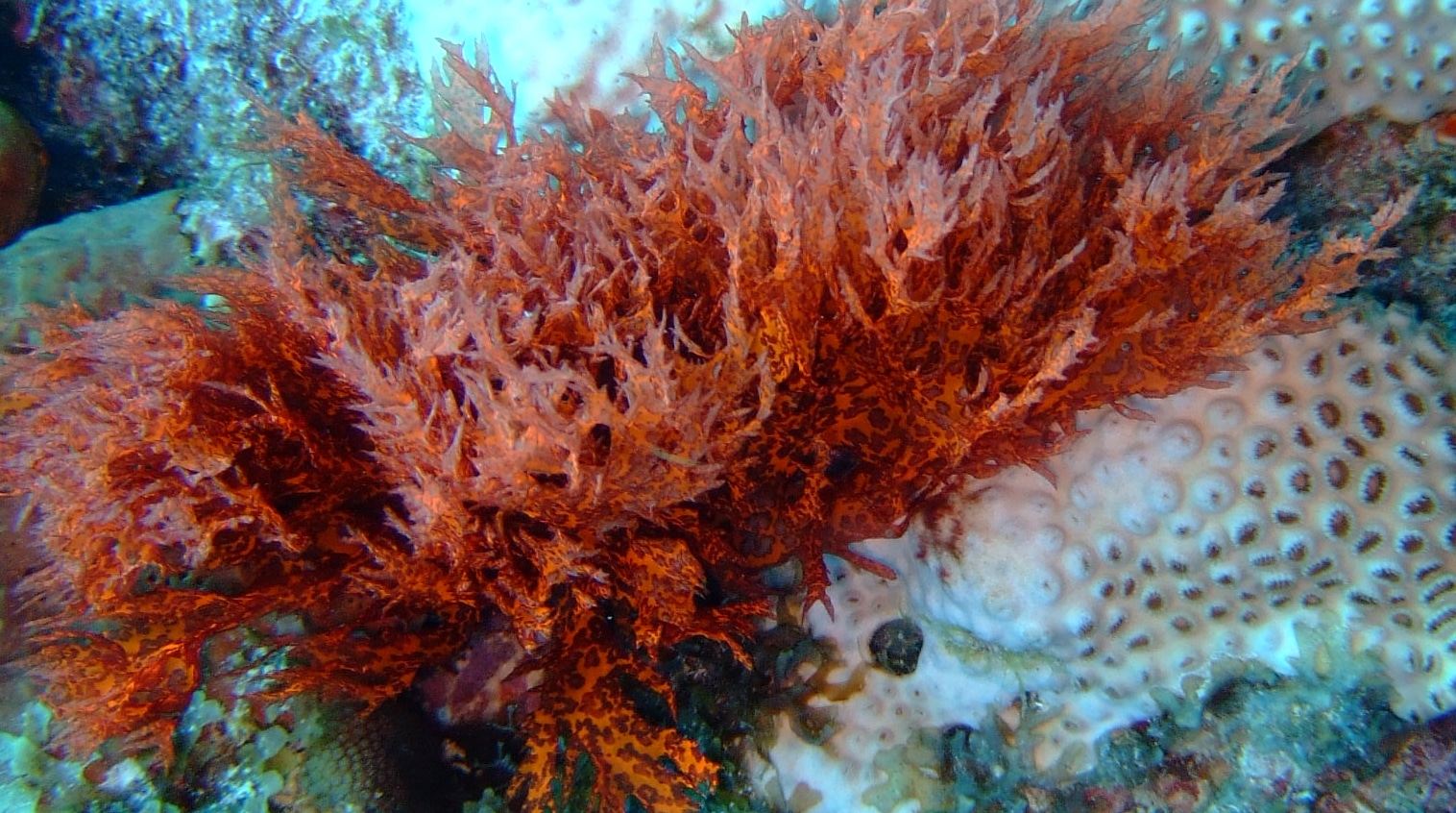
Image - Wikimedia / Johnmartindavies
They come from cyanobacteria. Eukaryotic algae have a cell wall that is made of cellulose, and three main lines are distinguished from them:
- Glaucophytes: they are unicellular algae that live in fresh waters. They have plasts called cianelles, like cyanobacteria, and universal chlorophyll (type a). They are found in fresh waters.
- Red algae: They can be plants or protists, and are organisms that generally live in the sea. They also have type a chlorophyll.
- Green algae: Most live in fresh water, and have both chlorophyll a and b.
Chromophyte algae
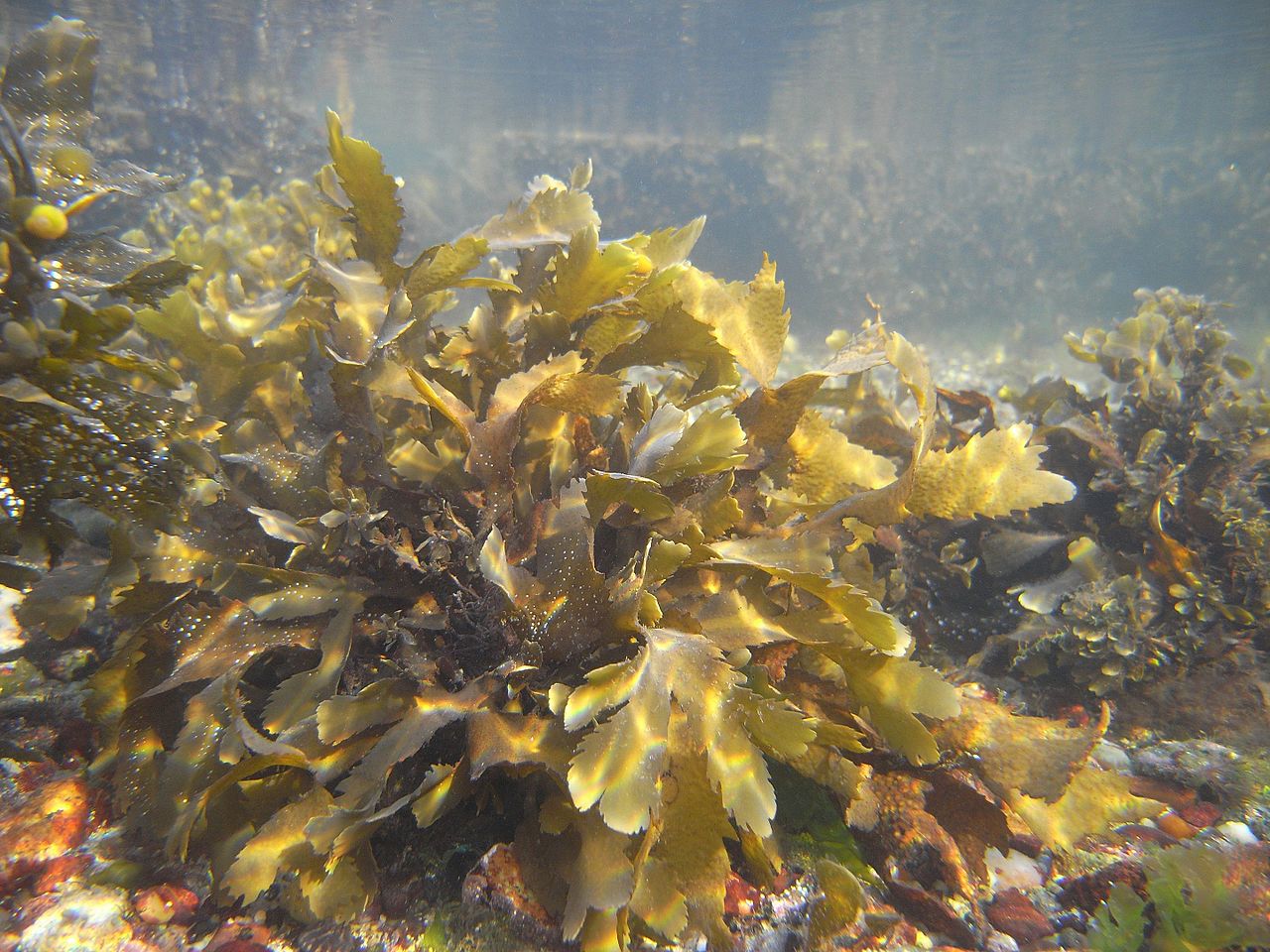
Image - Wikiemdia / Grubio – 1
They are algae whose chloroplasts get them by living inside red algae. These chloroplasts have four membranes and chlorophyll of type a and b.
- Brown algae: they are multicellular organisms and live mainly in the sea. They are the group that forms underwater forests.
- Golden seaweed: they are unicellular, and live mainly in fresh water.
- Green-yellow algae: these are unicellular or colonial algae, which live in fresh water.
- Diatoms: they are unicellular, marine although there are some that are freshwater. Its cell wall is made of silicon.
- Silicoflagellates: these are unicellular algae, which live both in water and in soil.
- Haptophytes: they are unicellular organisms that usually end up on the seabed.
- Cryptophytes: they are unicellular organisms that live in marine waters.
Other groups
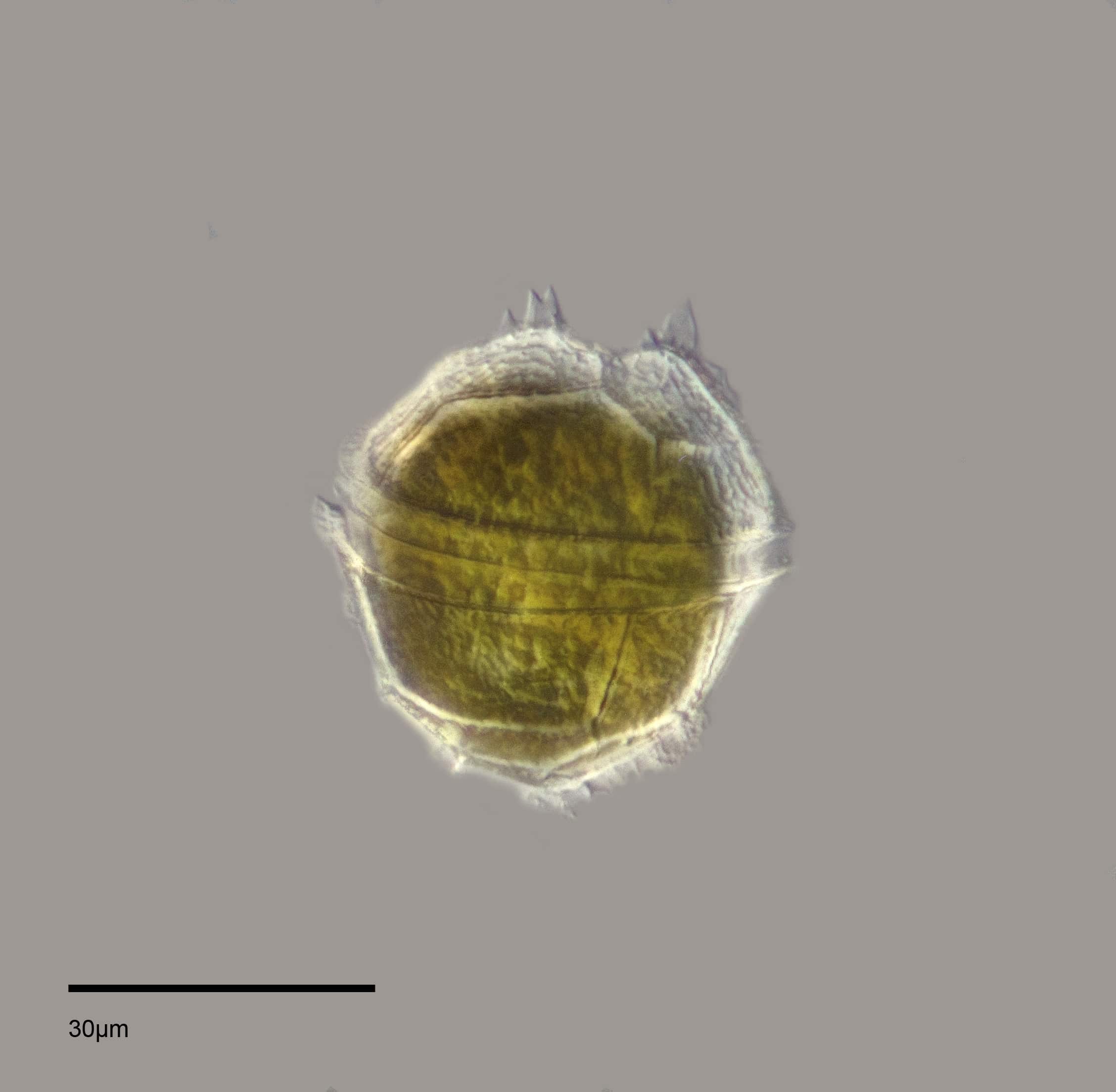
There are other groups of organisms that obtain chloroplasts from endosymbiosis and that could not be missing in this article, such as these:
- Chloraracne algae: they are unicellular, and appear in tropical seas.
- Euglenidae: they are unicellular protist organisms that live in fresh water.
- Dinoflagellates: its chloroplasts are obtained from red algae.
What are edible algae?
If you are interested in knowing which are the most popular types of edible algae, it is time to answer your question. Here we talk about three of the best known:
Dulse (Palmaria palmata)

Image - Wikimedia / Peter D. Tillman from USA
Dulse is a type of red algae native to the Atlantic and Pacific coasts. Its beautiful reddish color and velvety texture make it a very special food, and it can be eaten raw without problems; although it can also be included in salads.
Sea spaghetti (Himanthalia elongata)
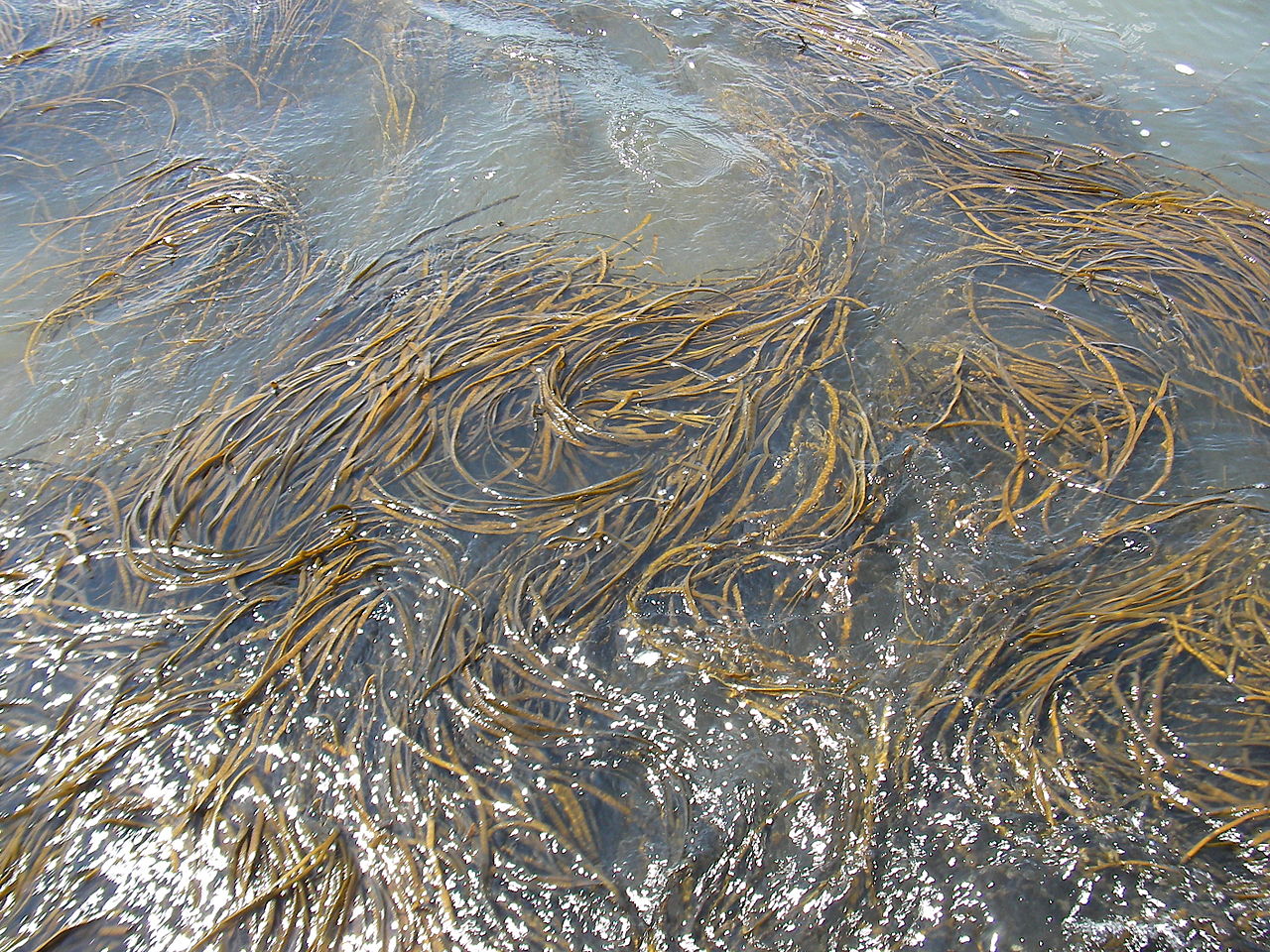
Image - Wikimedia / Baralloco
Sea spaghetti is a type of brown seaweed that we find in the rocky and deep coastlines, almost always in white water. In the kitchen it is used a lot to mix with rice, but it is also excellent in salads.
Wakame (Undaria pinnatifida)
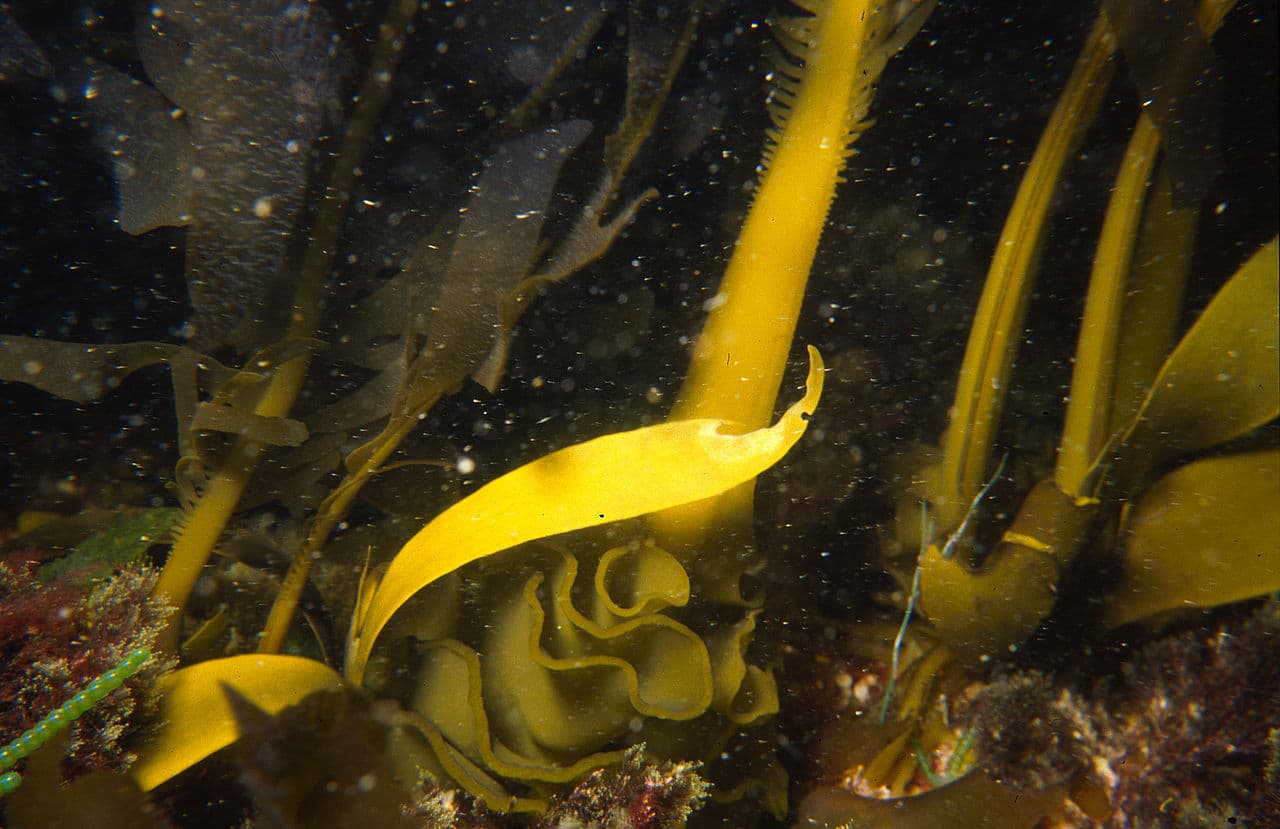
Image - Wikimedia / division, CSIRO
It is a type of brown seaweed that lives in the pacific ocean, where, for example, the Japanese use it a lot to make their famous -and very rich, by the way- miso soup. Of course, the species is considered one of the 100 most invasive and harmful in the world by the International Union for Conservation of Nature (IUCN).
Do you know other types of algae?
The content of the article adheres to our principles of editorial ethics. To report an error click here!.
Is Algea Harmful To Gardens
Source: https://www.jardineriaon.com/en/types-of-algae.html
Posted by: baileyaning1996.blogspot.com

0 Response to "Is Algea Harmful To Gardens"
Post a Comment